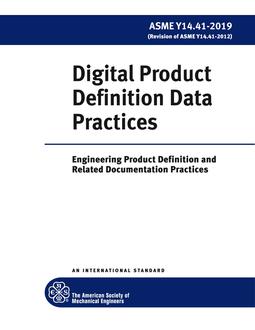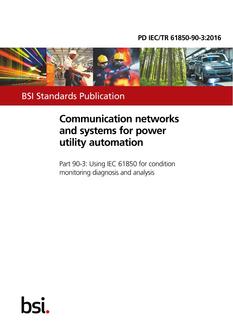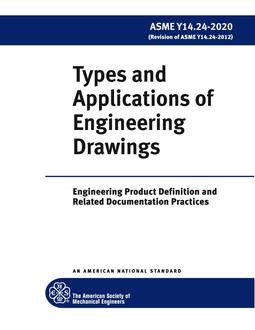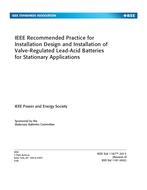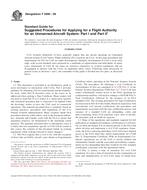
ASTM F2690
Original price was: $58.00.$35.00Current price is: $35.00.
Standard Guide for Suggested Procedures for Applying for a Flight Authority for an Unmanned Aircraft System: Part I and Part II (Withdrawn 2014)
| Published by | Publication Date | Number of Pages |
| ASTM | 08/01/2008 | 9 |
ASTM F2690 – Standard Guide for Suggested Procedures for Applying for a Flight Authority for an Unmanned Aircraft System: Part I and Part II (Withdrawn 2014)
1.1 This document is provided as an introductory guide to assist developers in interactions with CAAs. Part I provides guidance for obtaining a FA for experimental and developmental work, while Part II describes some of the issues to be addressed when seeking a Type Certificate. Many readers will not need to read Part II as it relates to a much more rigorous and structured procedure that is expected to be applied when the developer wishes to have the UAS used in commercial operations. The material presented here is primarily based on existing practices, procedures and regulations of the U.S. Federal Aviation Administration. Many countries adopt FAA procedures directly, while others, such as the European authorities, Australia and Canada, work with the FAA to ensure that regulatory practices are harmonized to the maximum extent practical. The guidance presented here is anticipatory, since it is likely that new regulations specific to UAS will be issued in due course; the contents of this document builds on existing regulations while looking forward to future changes.
1.2 The FAA requires that a civil UAS, with the exception of those that are Public aircraft, must obtain an Experimental Certificate before operating in the National Airspace System (NAS). The procedures for obtaining a civil Certificate of Airworthiness (CofA) are contained in 14 CFR Part 21 of the Federal Aviation Regulations (FAR Part 21). Civil UAS that expect substantially routine access to the NAS, operating for compensation and hire, will need to undergo a full FAR Part 21 Type Certification, followed by the issuance of an FAA standard CofA. The existing procedures for Type Certification are discussed in Part II of this Guide. Based on experience with conventional civil aircraft certifications, the procedures and requirements associated with the type certification process and issuance of a standard CofA are demanding, costly and time-consuming. Since UAS represent a new class of aircraft, the procedure will no doubt be rigorous.
1.3 Many of the regulations and standards required for full application of standard airworthiness certification to UAS have not yet been developed. For an interim period, as the FAA and others develop and implement a civil UAS regulatory framework, the FAA is allowing individual civil UAS to have limited access to the NAS when they satisfy requirements for a FAR Part 21 Experimental Certificate. With an Experimental Certificate, operational use of the UAS is strictly defined and substantially limited, and the associated airworthiness requirements are less demanding than they would be for full, standard certification, consistent with the operational limits.
1.4 This is clearly a time of transition for civil UAS regulation. It is also a time of transition for the communities of users and manufacturers of civil UAS, many of whom have relatively little experience in the regulated civil aviation domains. This document is meant to provide a bridge for these UAS practitioners, as the era of regulated commercial UAS emerges.
1.5 ObjectivesThe objectives of this recommended practice document are to:
1.5.1 Present, in a single, manageable document, an overview of the aircraft certification procedures that will be adapted to the needs of UAS as the civil UAS regulatory framework takes shape. The procedures will be based largely on the procedures presently applied by the U.S. FAA;
1.5.2 Describe the procedures and requirements, based on currently available policy information, that govern the issuing of a FAR Part 21 Experimental Certificate for a UAS; and
1.5.3 Describe, in some detail, the processes that are anticipated for achieving Type Certification of a UAS.
1.6 OutlineThis document will begin with an overview of the regulatory structure as it currently is applied, followed by a discussion of some specific issues that relate to acquiring approval for operation of a UAS. This discussion includes a general description of Flight Authorities. This is followed by Part I, a review of procedures that presently apply to gaining approval for experimental operation of a UAS; and Part II, the procedures that may be expected to apply to a Type Certificate for a UAS. Flight Authorities obtained by following procedures in Part I may not permit operations for hire and compensation. Part II is provided for applicants who may wish to obtain full certification of their system in anticipation of commercial operations within the airspace under the jurisdiction of the appropriate CAA. Proponents who may wish to pursue full Type Certification should first become familiar with the contents of Part I.
Product Details
- Published:
- 08/01/2008
- Number of Pages:
- 9
- File Size:
- 1 file , 130 KB
- Note:
- This product is unavailable in Russia, Ukraine, Belarus

